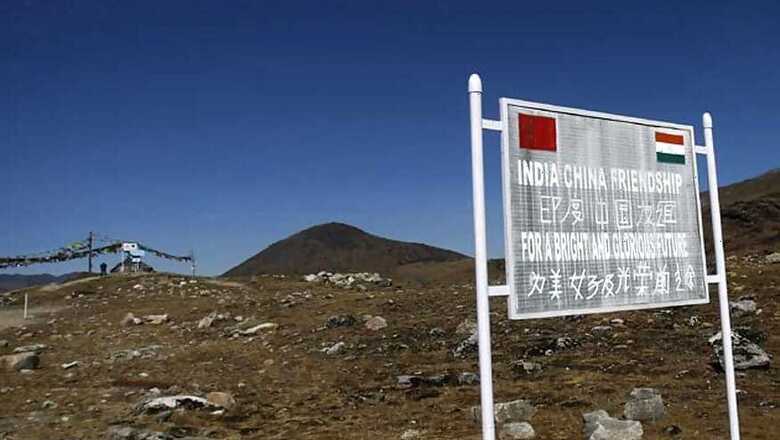
views
Like some of the previous episodes, the face-off between Indian and Chinese soldiers along the Sino-Indian boundary in Sikkim doesn’t appear to be a coincidence. In all likelihood, these incidents are planned days in advance at a higher level in China which are then translated into action by the army along the Line of Actual Control (LAC).
The showdown in Sikkim came on the heels of a slew of decisions by the Indian government which certainly did not enthuse Beijing. India has begun to lure business houses planning to leave China. Some media reports, quoting anonymous sources, claimed that India is developing a land pool nearly double the size of Luxembourg for the purpose. Existing industrial land in states such as Gujarat, Maharashtra, Tamil Nadu and Andhra Pradesh are included in the scheme.
Foreign Direct Investment (FDI) norms have been changed to prevent the takeover of Indian firms during the lockdown which has elicited a sharp reaction from China. India has also cancelled orders of half a million rapid testing kits for Covid-19 following complaints of fault.
“It cannot be denied that such episodes like the face-off in Sikkim carry a message from China. Sometimes there is a pattern but at the same time incursions by the Chinese People’s Liberation Army (PLA) have also taken place without any reason,” said a government official who was posted at Upper Subansiri district in Arunachal Pradesh. He explained that there have been several occasions when the Indian army had stepped into China since the border is disputed at several points.
It is worthwhile to recall the incident at Ladakh when Chinese President Xi Jinping visited India four months after the Bharatiya Janata Party (BJP) swept to power in 2014. As Xi arrived in India, over 1,000 Chinese soldiers entered a disputed area in northern Ladakh, triggering a stand-off with Indian troops. They pulled back only when the president wrapped up his visit after three days during which he declared that Beijing was committed to working with New Delhi to maintain “peace and tranquility" until the border issue could be settled and pledged greater investment from China.
Xi’s assurances notwithstanding, the Chinese army continued with its aggressive patrols along the LAC. Last year the government informed Parliament that there were 326 instances of incursion by the Chinese soldiers into Indian territory in 2018 which was less than 426 in 2017 but higher than the figure recorded in 2016.
Among government officials, there are two schools of thought on the implication of such incidents along the LAC. Most Indian diplomats dismiss these face-offs as insignificant and routine that would not have any adverse impact on the ties between the two neighbours. But intelligence officials are not as optimistic even as they point to the infrastructure being upgraded by China along the LAC, making it increasingly easier for the PLA to mount patrols right up to the border. They are apprehensive that specks of territory could be lost since India is yet to catch up with the progress being made on the other side.
The difference is most palpable at Anjaw district in Arunachal Pradesh which witnessed action during the Chinese aggression in 1962. Locals at the border village of Kaho are of the opinion that the build-up across the border has been increasing over the years with a four-lane highway now linking the place with other regions.
The same state of affairs is also observed across the LAC at Bumla, Mechuka and Taksing in the border state which would soon be connected by a highway originating at China’s southwestern province of Yunnan. Motorable roads have been built in a majority of the passes along the LAC that are of military significance.
Whether this network of roads would lead to a spurt in incursions by Chinese soldiers remains to be seen. But certainly Beijing is in no mood to resolve the border dispute very soon. The talks are likely to continue indefinitely without any result and they could also be interspersed with Wuhan-type summits and declarations.




















Comments
0 comment